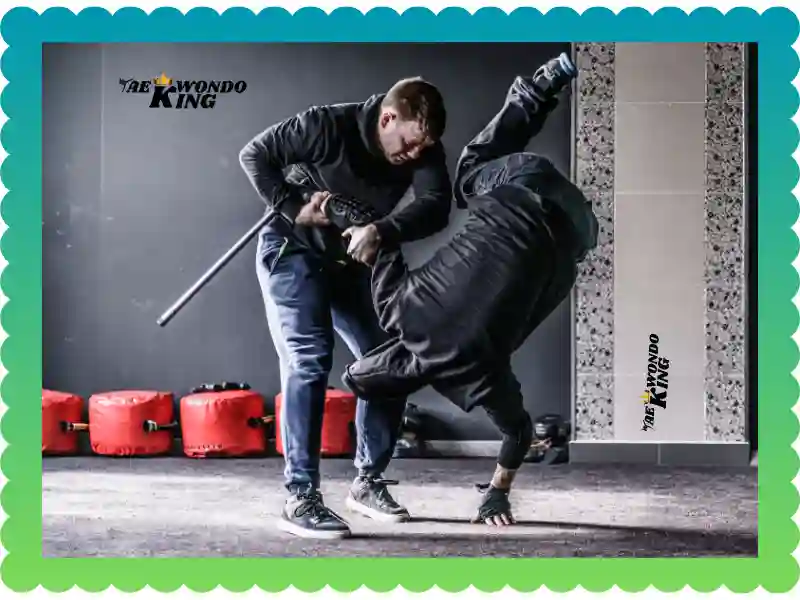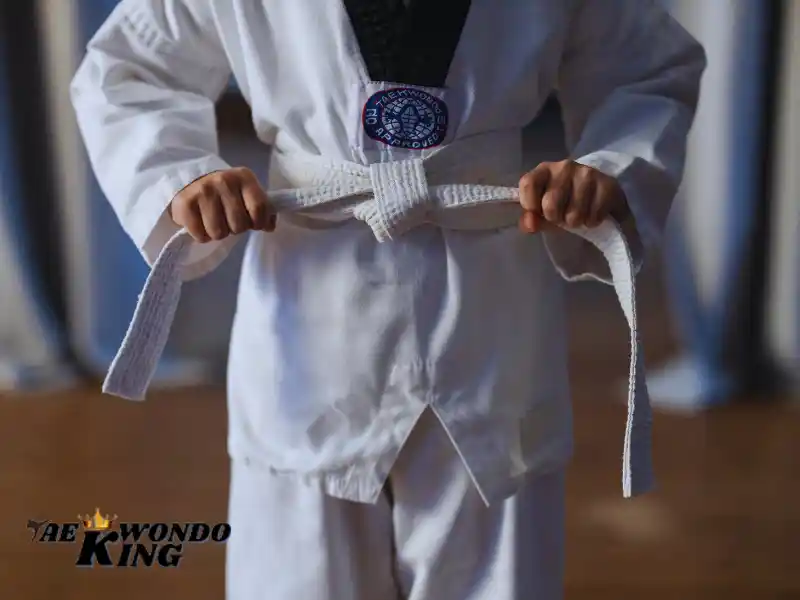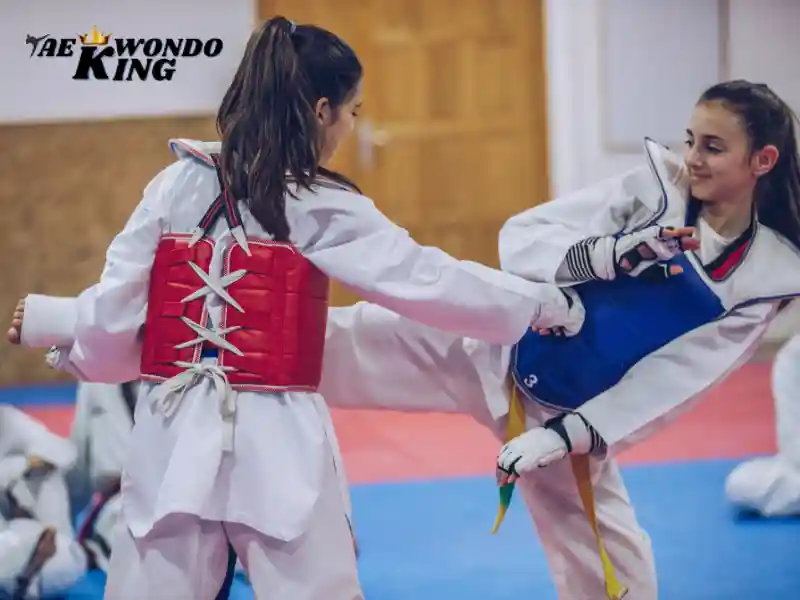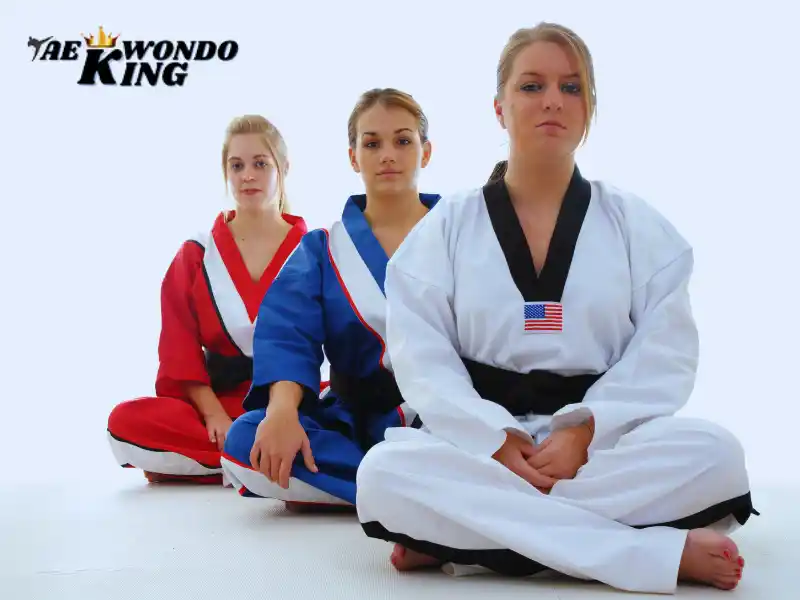
While there is no single “best” martial art for real fights, some are more effective than others due to their emphasis on practicality, self-defense techniques, and overall fighting capability. Here’s a breakdown of the top 20 most effective martial arts in a real fight, considering factors like real-world applicability, effectiveness against larger opponents, and ease of learning:
Krav Maga (Israel):
Krav Maga is developed for the Israeli military and law enforcement and is about self-defense and quickly and efficiently neutralizing threats. It incorporates strikes, grappling, weapon defenses, and anything at your disposal to end a fight as soon as possible.
Brazilian Jiu-Jitsu (Brazil):
BJJ focuses on ground fighting, using technique and leverage to control and submit a larger opponent. This makes it perfect for self-defense situations where you might find yourself on the ground.
Muay Thai (Thailand):
Also known as “the art of eight limbs,” Muay Thai utilizes devastating strikes from elbows, knees, shins, and fists. Its clinch fighting techniques and brutal efficiency make it a formidable fighting style.
Boxing (Global):
Boxing teaches footwork, agility, and precision striking. While seemingly simple, mastering boxing’s nuances takes years of dedication, resulting in a powerful and effective striking art for both self-defense and competition.
Wrestling (Global):
An ancient art with various styles worldwide, wrestling focuses on takedowns, throws, and grappling holds to control and pin your opponent. Its emphasis on body control and takedowns makes it a valuable foundation for MMA fighters and real-world self-defense.
Savate (France):
“French Boxing” combines elements of Western boxing with kicks from Capoeira, creating a unique and stylish striking art. Savate’s emphasis on footwork and agility makes it a well-rounded fighting system.
Systema (Russia):
Developed for the Russian military, Systema focuses on unarmed combat and weapon defenses using natural reflexes and instinct. It trains for unpredictable situations and multiple attackers.
Eskrima (Philippines):
Eskrima, also known as Arnis or Kali, is a weapon-based martial art from the Philippines. It emphasizes weapon-disarming and quick, flowing movements to take down opponents. While weapon-based, the empty-hand techniques translate well to real-world self-defense.
Kyokushin Karate (Japan):
Known for its intense conditioning and full-contact sparring, Kyokushin is a brutal and effective karate style. Its emphasis on powerful strikes and knockouts makes it a formidable fighting art.
Pencak Silat (Southeast Asia):
A collective term for a vast array of indigenous fighting styles from Southeast Asia, Pencak Silat encompasses weapon-based fighting, grappling, and empty-hand techniques. Its diversity and focus on real-world application make it a formidable martial art.
Sanshou (China):
Sanshou, also known as Sanda, is a modern Chinese combat system that blends striking, kicking, throws, and takedowns. Its dynamic nature and focus on power make it a spectacular and effective fighting style.
Judo (Japan):
“The Gentle Way” might be Judo’s translation, but don’t be fooled. This Olympic sport excels at throws and takedowns, utilizing throws and leverage to bring opponents to the ground and potentially submit them.
Kurtka wrestling (Central Asia):
Kurtka wrestling, also known as Turkmen wrestling or Goresh, is a grappling-based martial art from Central Asia. It emphasizes throws, takedowns, and controlling your opponent on the ground.
MMA (Mixed Martial Arts):
MMA combines various martial arts disciplines like Muay Thai, BJJ, wrestling, and boxing into a one-on-one combat sport. While not a traditional martial art in the strictest sense, MMA training provides a well-rounded approach to real fighting situations.
Kickboxing (Global):
Kickboxing is a popular sport and fitness activity that combines martial arts techniques with high-intensity cardio and strength training. It’s a great way to improve agility, speed, and overall fitness while learning self-defense skills. Many gyms and fitness centers offer kickboxing classes, making it accessible to people of all fitness levels. Whether you’re looking to improve your physical fitness, learn self-defense, or just have a fun and challenging workout, kickboxing is a great option to consider.
Remember, the best martial art for you depends on your individual goals and needs. Consider what you enjoy, your fitness level, and the training available in your area. Even if you don’t pursue one of these specific styles, learning any martial art can significantly enhance your self-defense awareness and capabilities.
FAQs
What are the most effective Martial arts for real-life self-defense?
Some of the most effective martial arts for real-life self-defense include Brazilian Jiu-Jitsu, Krav Maga, Muay Thai, Boxing, Judo, and Mixed Martial Arts (MMA). These styles emphasize practical techniques that can be applied in real-world situations, including strikes, grappling, and defensive maneuvers.
Why is Brazilian Jiu-Jitsu considered effective in real fights?
Brazilian Jiu-Jitsu (BJJ) is effective in real fights because it focuses on ground fighting and submission holds, allowing a practitioner to control and neutralize an opponent regardless of size or strength. BJJ emphasizes technique and leverage, making it practical for self-defense against larger attackers.
How does Krav Maga prepare someone for real combat situations?
Krav Maga is designed for real-world self-defense and combat situations, with a focus on quick, efficient, and brutal techniques to neutralize threats. It incorporates elements from various martial arts and emphasizes instinctive movements, situational awareness, and defense against armed and unarmed attacks.
What makes Muay Thai effective in a street fight?
Muay Thai, known as the “Art of Eight Limbs,” uses strikes from fists, elbows, knees, and shins, making it highly effective in close combat. Its rigorous training improves physical conditioning, power, and endurance, while its techniques are practical and devastating in a street fight.
How does Boxing contribute to real-life self-defense?
Boxing is effective for self-defense due to its emphasis on powerful punches, footwork, and head movement. Boxers develop strong hand-eye coordination, speed, and the ability to deliver precise and powerful strikes, making it a practical martial art for defending oneself in a real fight.
What advantages does Judo offer in a real fight?
Judo is advantageous in a real fight because it focuses on throws, takedowns, and grappling techniques to subdue an opponent. Judo practitioners learn to use an attacker’s momentum against them, making it effective for controlling and neutralizing threats in close-quarters combat.
Is MMA practical for self-defense?
Yes, Mixed Martial Arts (MMA) is practical for self-defense as it combines techniques from various martial arts disciplines, including striking and grappling. MMA training prepares practitioners for a wide range of scenarios, both standing and on the ground, making it versatile and effective in real fights.
How does Taekwondo fare in real combat situations?
Taekwondo can be effective in combat due to its powerful and precise kicks, agility, and speed. However, its effectiveness largely depends on the practitioner’s ability to adapt traditional techniques to practical self-defense scenarios and complement them with other fighting skills.
What role does Aikido play in self-defense?
Aikido focuses on redirecting an attacker’s energy and using joint locks and throws to neutralize threats. It emphasizes harmony and control rather than brute force, making it effective for self-defense by allowing practitioners to subdue opponents without causing severe injury.
Why is Karate included in the list of effective Martial Arts for real fights?
Karate is included due to its strong emphasis on striking techniques such as punches, kicks, and knee strikes. Practitioners also learn blocking and counter-attacks, making Karate a well-rounded martial art for self-defense. Its rigorous training develops speed, power, and precision, which are crucial in real fights.
Are there Martial Arts specifically designed for weapon defense?
Yes, some martial arts like Eskrima (Kali/Arnis) from the Philippines, and Kendo from Japan are specifically designed for weapon defense. These arts teach practitioners how to defend against armed attacks and how to use weapons effectively, which can be crucial in real-life self-defense situations involving weapons.
How effective is Kickboxing in a street fight?
Kickboxing is highly effective in a street fight due to its combination of powerful punches, kicks, and knee strikes. The sport’s focus on conditioning, speed, and power, along with practical defensive techniques, makes it a formidable martial art for real-life encounters.
What are the benefits of learning Silat for self-defense?
Silat, a Southeast Asian martial art, is known for its versatile and practical self-defense techniques, including strikes, joint locks, and weapon defense. Its emphasis on fluid movements and adaptability makes it effective in various combat situations, enhancing one’s ability to defend against multiple types of attacks.
How does Wing Chun contribute to self-defense?
Wing Chun focuses on close-quarters combat, emphasizing quick, direct strikes and efficient defense. It teaches practitioners to react swiftly and maintain control over their centerline, making it effective for defending against sudden attacks and multiple assailants in real fights.
Can traditional Martial Arts like Kung Fu be effective in modern combat situations?
Yes, traditional martial arts like Kung Fu can be effective in modern combat situations if the practitioner focuses on practical applications of techniques. Styles that emphasize realistic training, sparring, and adaptability can be very effective for self-defense.
What makes Hapkido the most effective Martial Art for self-defense?
Hapkido is effective for self-defense due to its comprehensive approach, which includes strikes, joint locks, throws, and ground techniques. It emphasizes using an opponent’s force against them and incorporates both offensive and defensive maneuvers, making it versatile and practical in real fights.
How does Sambo differ from other Martial Arts in terms of effectiveness?
Sambo, a martial art from Russia, combines elements of Judo and wrestling with an emphasis on practical self-defense. It includes throws, grappling, and striking, making it effective in both stand-up and ground combat situations. Its comprehensive approach and emphasis on real-world application make it a valuable self-defense system.
Why is Jeet Kune Do considered effective in real fights?
Jeet Kune Do, developed by Bruce Lee, is effective because it focuses on simplicity, directness, and practicality. It incorporates techniques from various martial arts and emphasizes efficiency, adaptability, and responding to an opponent’s movements, making it highly effective in real combat situations.
How does Capoeira fare as a self-defense Martial Art?
Capoeira, with its acrobatic movements and emphasis on agility, can be effective for self-defense due to its unpredictability and ability to incorporate strikes, kicks, and evasive maneuvers. However, its effectiveness depends on the practitioner’s ability to adapt its techniques to practical combat situations.

Founder, Owner, and CEO of TaekwondoKing.
He is one of the top 100 martial artists in the World and among the top 20 referees in Bangladesh.
Ehatasamul Alom is an esteemed Kukkiwon Certified Taekwondo 3rd Dan Black Belt with over 15 years of experience in this dynamic martial art. Born in Rajshahi, Bangladesh, Ehatasamul’s journey with Taekwondo began at the tender age of seven. His passion led him to compete at national and international levels, where he has bagged numerous awards and honors. He is also a member of the Taekwondo National Referee Panel.
With a Bachelor’s degree in Sports Science from the prestigious Rajshahi University, Ehatasamul has a deep understanding of the technical and scientific aspects of martial arts and some other martial arts.
In 2022, Ehatasamul created the “TaekwondoKing.com” to share his knowledge, Free Resources, Values, and Real experiences. His articles focus on Taekwondo training techniques, competition strategies, Sport Products Reviews, and the art’s rich history and philosophy. He also writes about the importance of mental fortitude and discipline, key aspects of his teaching philosophy. He has already launched many sports, Taekwondo, and health-related Free online tools. His goal is to inspire both beginners and seasoned practitioners worldwide through insightful and engaging content.
If you need any help, contact Ehatasamul Alom at any time.





For most recent news you have to visit the web and on web I found this site as a most excellent
website for most up-to-date updates.